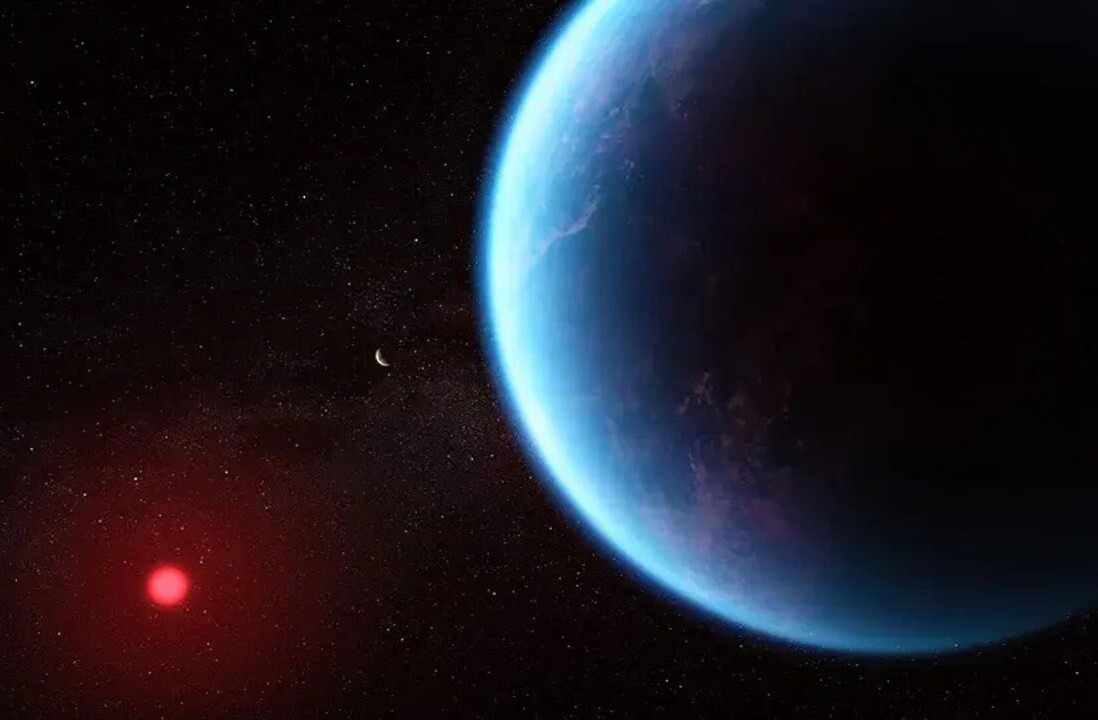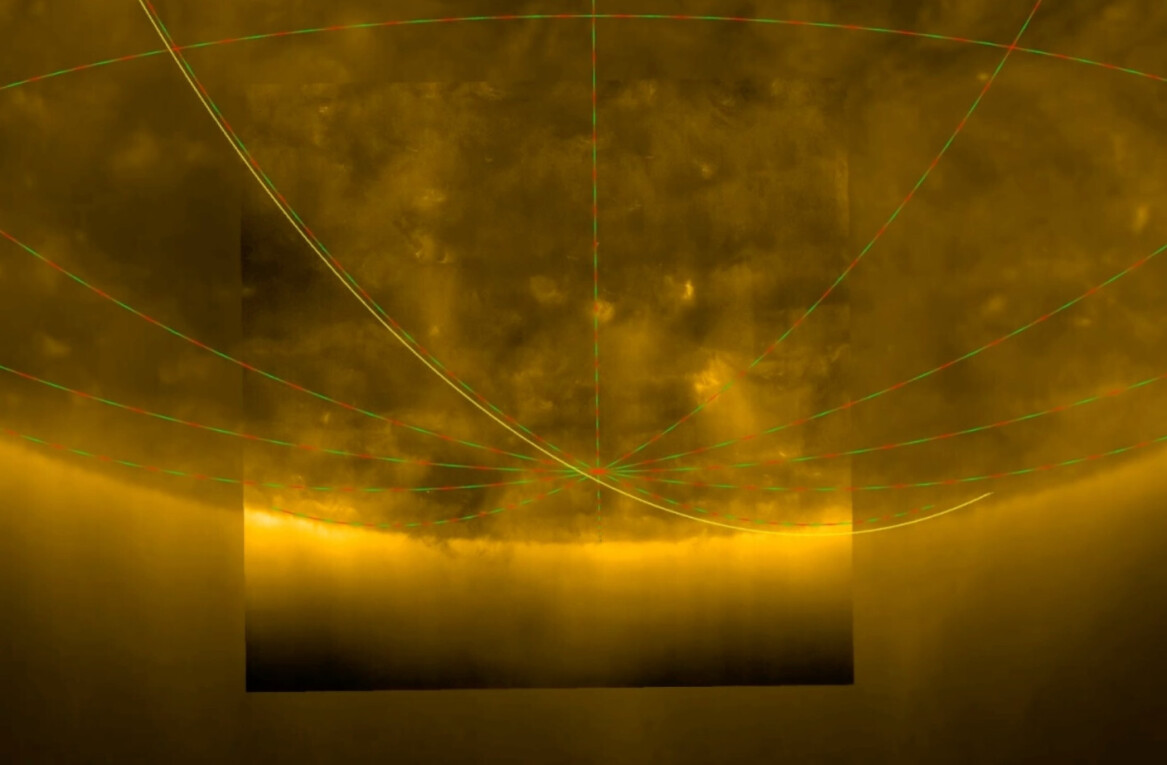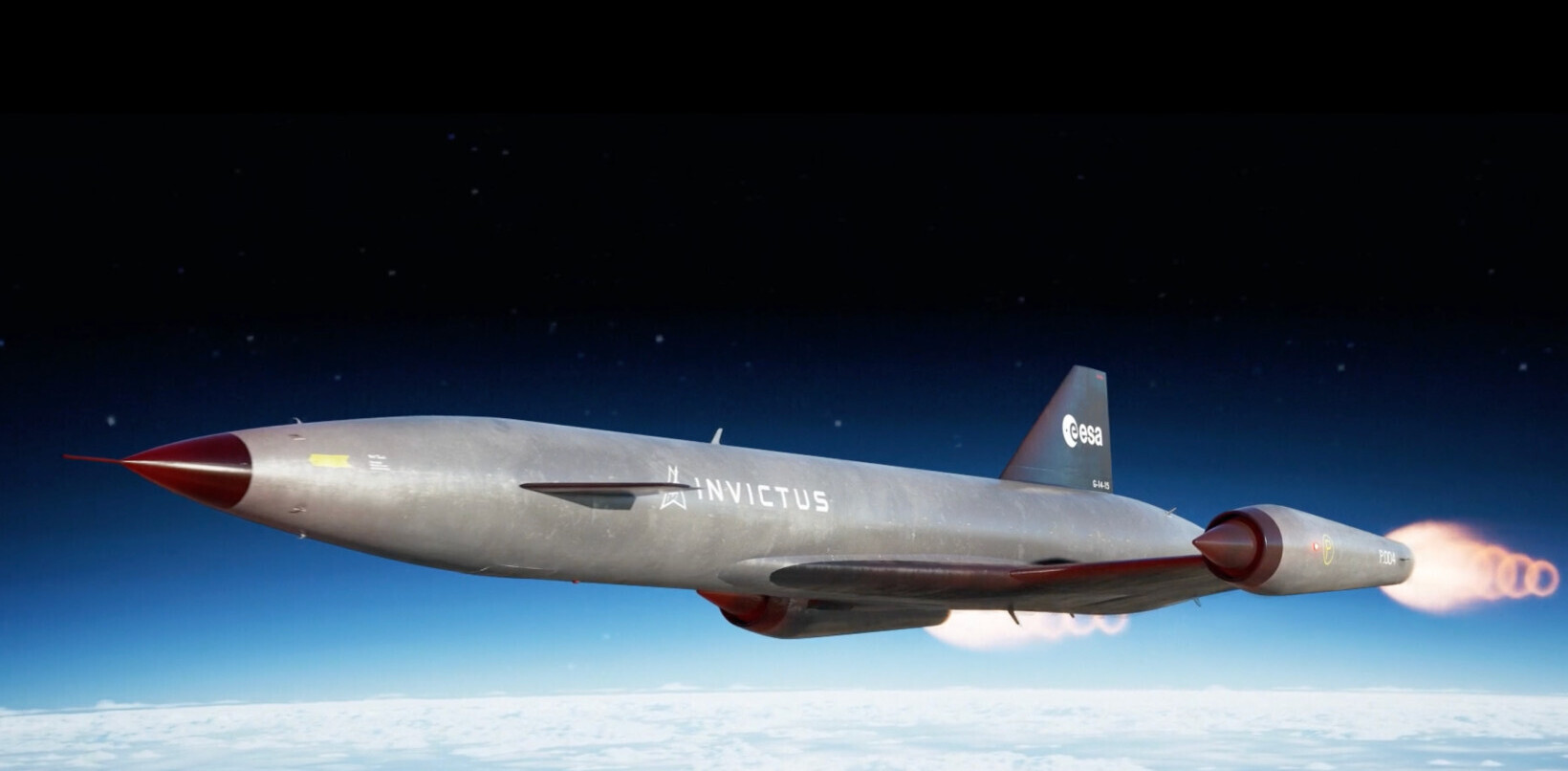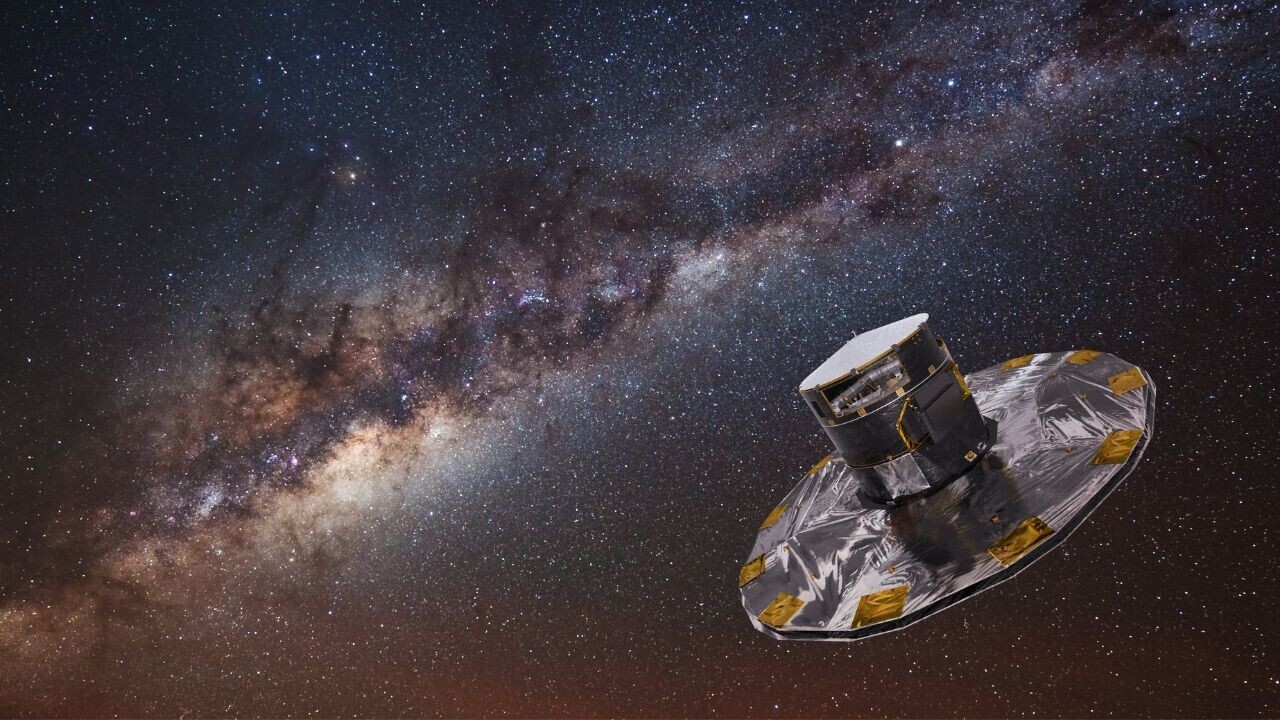
The Gaia spacecraft has unearthed a new treasure trove of secrets about our galaxy — and beyond.
The European Space Agency (ESA) mission plans to produce the largest, most precise 3D map of the Milky Way. To achieve this lofty goal, Gaia is surveying almost 2 billion celestial objects.
Using two optical telescopes, the satellite is monitoring their motions, luminosity, temperature, and computation. Every observation could unravel new details about Earth and the surrounding Universe.
The new release fills in some big gaps in the maps.
Gaia had already provided a pretty comprehensive view of the Milky Way and beyond — but some areas of sky required further exploration.
Regions that are densely packed with stars required particular attention. One notable example is globular clusters.
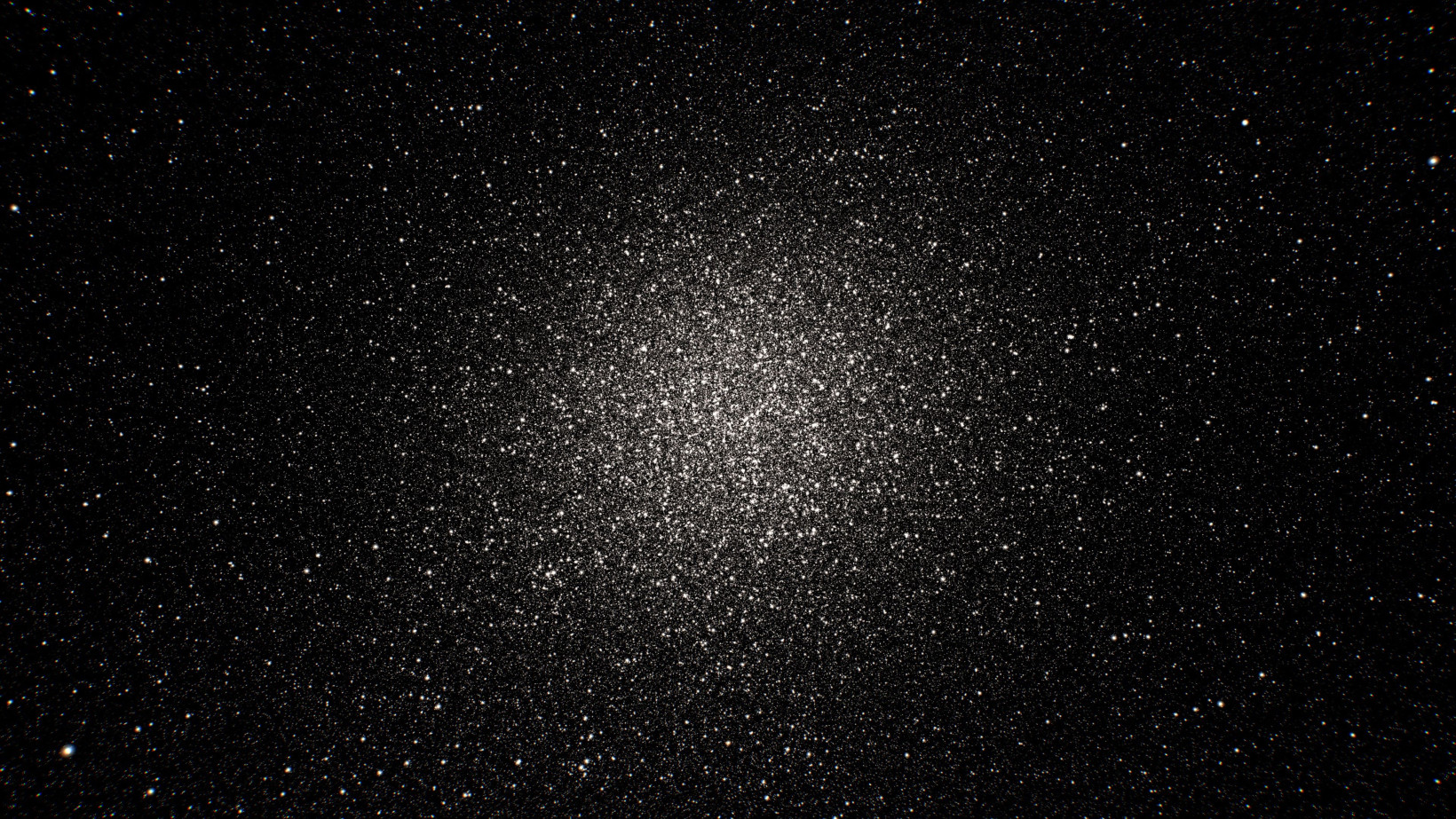
Globular clusters are among the oldest objects in the universe, which makes them valuable sources for our cosmic history. Telescopes, however, struggle to scrutinise their bright cores crammed with stars.
To find new jigsaw piexes in the puzzle, Gaia targeted Omega Centauri — the largest globular cluster that’s viewable from Earth.
Typically, the spacecraft would focus on individual stars. But in this case, the observatory surveyed a wider stretch of sky around Omega Centauri core, which was mapped whenever the cluster came into view.
The technique exposed over half a million new stars in space — all within a single cluster.

With the new data, scientists can study the cluster’s structure, as well as the distribution and movements of the constituent stars. Together, these details could produce a complete large-scale map of Omega Centauri.
“It’s using Gaia to its full potential — we’ve deployed this amazing cosmic tool at maximum power,” Alexey Mints, a member of the Gaia collaboration, said in a statement.
In fact, the findings exceed the initial objectives for Gaia. To discover the stars, the researchers used an observing mode that was designed only to keep the spacecraft’s instruments running smoothly.
“We didn’t expect to ever use it for science, which makes this result even more exciting,” said the study’s lead author, Katja Weingrill, a researcher at the Leibniz-Institute for Astrophysics Potsdam (AIP).
Gaia is now using the technique to explore eight more regions. The results will deepen our understanding of what happens in the ancient bodies.
According to ESA, the data will help scientists confirm our galaxy’s age, locate its centre, and determine whether it ever experienced any collisions.
Astronomers could also verify changes to stars and constrains models of galactic evolution. They could even infer the possible age of the Universe.
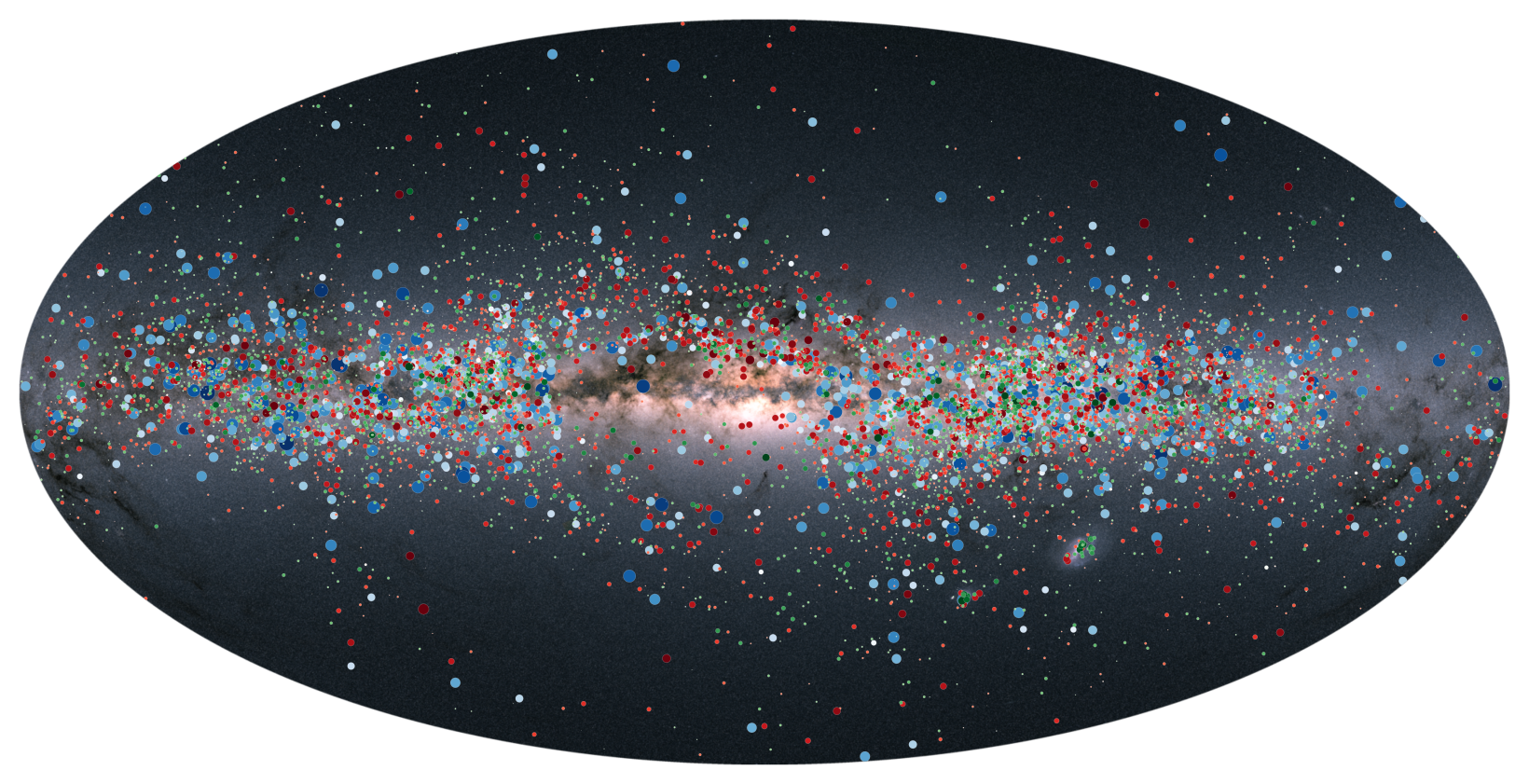
Another new finding from Gaia concerns gravitational lenses.
These lenses form when a large quantity of matter, such as a galaxy cluster, sits between Earth and a distant light source. The mass then creates a multiple-image effect.
By studying the configurations, scientists can uncover new information about the Universe’s history.
Gaia revealed that certain objects in gravitational lenses aren’t what they appear to be. While the bodies look like stars, they’re actually distant lensed quasars — extremely bright, energetic galactic cores powered by black holes.
“With this data release, Gaia is the first mission to achieve an all-sky survey of gravitational lenses at high resolution,” said Laurent Galluccio, a member of the Gaia collaboration.

Further studies published today pinpointed the positions of asteroids and mapped the disc of the Milky Way. Another paper characterises the dynamics of 10,000 pulsating and binary red giant stars.
“This data release further demonstrates Gaia’s broad and fundamental value – even on topics it wasn’t initially designed to address,” said Timo Prusti, Project Scientist for Gaia at ESA.
“Although its key focus is as a star surveyor, Gaia is exploring everything from the rocky bodies of the Solar System to multiply imaged quasars lying billions of light-years away, far beyond the edges of the Milky Way.”
Get the TNW newsletter
Get the most important tech news in your inbox each week.

